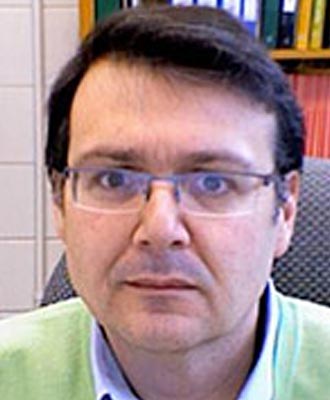To attend, please RSVP to epp@cseg.ca.
Unless we have exceeded the allowable number of people for the auditorium, we will not be replying to your email.
LunchBox Geophysics is free! Simply bring your own lunch (refreshments provided) and enjoy.
Abstract
Consider a matrix S(n, m) where some entries are missing. For instance, the entries S(m, n) can be the scores assigned by buyer m to product n. Because not all buyers have bought and scored all products, the matrix contains empty entries. The goal of Collaborative Filtering (CF) is to predict the empty entries and therefore, predict products that a consumer might like. Seismic data reconstruction can also be interpreted as a matrix completion problem similar to those arising in the field of CF. Seismic completion, however, entails reconstructing a 5D volume (a tensor or a multi-way array). Similar to the matrix completion problem, tensor completion can be achieved via rank reduction methods. The intention of this talk is to present our recent research in rank reduction methods for multi-way seismic data completion (reconstruction) and de-noising. This is a novel and exciting research area that could lead to an important overhaul on the way we deal with multi-dimensional seismic volumes. The talk will summarize our findings, results, frustrations and significant problems one needs to solve in order to create real-world, industrial-strength, algorithms for multi-way array processing.
Biography
M.D.Sacchi was born in Colonel Brandsen (Argentina). He attended the National University of La Plata where he received a Diploma in Geophysics in 1988 and the University of British Columbia, Vancouver, where he received a PhD in geophysics in 1996. He joined the University of Alberta in 1996 where he teaches geophysical signal processing, introduction to seismic imaging, and inverse problems. His research interests are in applied seismology, global seismology and ultrasound medical imaging. He runs, in collaboration with graduate students and post-doctoral fellows, the Signal Analysis and Imaging Group. The latter is an industrial collaborative effort for research in statistical seismic signal analysis, transform-based methods for noise removal, seismic data regularization and imaging.





